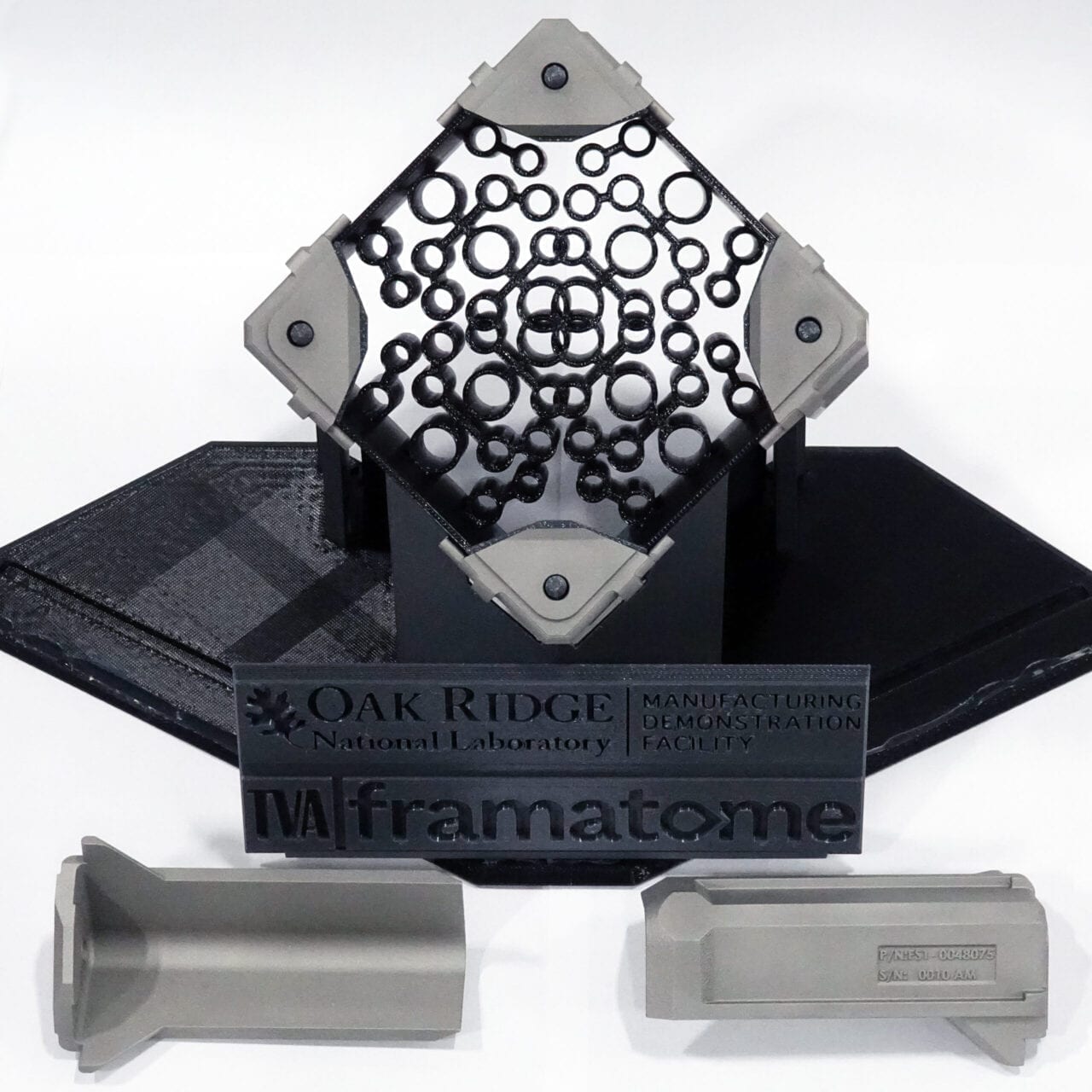3D Printing: More Than Just a Cool Process, It Offers Real Benefits
The post 3D Printing: More Than Just a Cool Process, It Offers Real Benefits appeared first on POWER Magazine.

3D printing is a process used to create an object by sequentially adding build material in successive cross-sections, one stacked upon another. It is a form of additive manufacturing. Once considered more of a novelty, 3D printing has evolved into an incredibly valuable production method used to create very intricate designs, including gas turbine components such as combustors.
We see a lot of activity and creative designs in the combustion section of gas turbines," Scott Green, principal solutions leader with 3D Systems Inc., said as a guest on The POWER Podcast. 3D Systems claims to have launched the 3D printing industry in 1986 when the company's co-founder, Charles Hull, filed a patent for his Stereolithography Apparatus (SLA). The company now offers a broad portfolio of hardware, software, and material solutions from plastics to metals, and it has extensive experience in turbomachinery and turbine component development and manufacturing.
If you look in the combustion can, there's a lot of really interesting designs for fuel injectors or mixers," Green said. It lends itself well to additive manufacturing because everything inside the combustion can is going to fit inside most mid-frame 3D direct-metal printers. They're not massive components. They're relatively shoebox-size things that are a part of a bigger system. Now, those are relatively easy for engineers to graph. They can dump a ton of time into making the highest possible efficiency fuel injector, you know, with capillaries, and efficient swirling and mixing structures that are internal, really eliminating tons of braising operations. So, we see a lot of great designs in the combustion can-in the combustion components."
When it comes to quality, 3D-printed components often compare favorably to traditionally manufactured parts. Direct metal printing and production printing is good enough these days that designers can start designing components with additive manufacturing in mind and know that they'll be able to end in a highly efficient function-first parts that are just as good, if not better, from an integrity perspective as traditionally manufactured parts, and from a functional perspective, highly exceeding the capability of traditional-manufactured parts," said Green.
In addition to combustor parts, 3D printing is also used to manufacture stator vanes, impellers, and casings and ducting components for power industry applications. One of the reasons for this is that consolidating multiple-part assemblies into a single part increases manufacturing yield and component reliability, while the integration of highly efficient cooling channels improves thermal performance. Furthermore, new levels of machinery performance can be unlocked using additive manufacturing by improving design features and leveraging extreme temperature-resistant materials. All of this can be accomplished while reducing manufacturing costs and eliminating the need for expensive, long-lead-time tooling and five-axis machining.
Many other industries have found 3D printing solutions to be of value too. 3D Systems works extensively with the automotive, aerospace, defense, semiconductor, and healthcare sectors, among others.
Waste reduction is also a benefit of 3D printing. If you're going to five-axis machine an impeller-a traditional impeller or a shrouded impeller, for instance, for a power generation system-you're machining it out of a block, a billet of titanium or Inconel or some highly expensive material, and when you machine it, you're wasting like 90% of that stuff, it just goes right in the bin with the coolant and has to get reclaimed," Green explained. The really interesting thing about additive is that you can actually print that shape or final part with almost zero waste-powder is recycled. That impeller will come out of the machine with faster delivery time, less waste, potentially enabled by better design features."
Figuring out whether 3D printing is right for a specific application comes down to a six-step process, according to Green. He said not every customer will go through all of the stages, but the progression has led to success for many companies. What we want to do is engage with the customer on their application. We want to learn more about what you do, why you're interested in 3D printing, and get down to what's the subject part," he said.
If a customer has a specific problem to solve and a goal in mind, such as improving efficiency by 10% or increasing speed by 10%, the team will work to achieve that outcome. They will consider which parts are suitable for additive manufacturing and which aren't. For the ones that are a good fit, let's help you develop how to make them. So, we'll recommend which machine will even do the build setup process, the material selection-alloy selection with you-testing and validation, and proving that the process actually works. And then, at that point in time, we can take over to do bridge production, which means we work with you to find the right cost, and the right volume and schedule to make the parts for you," Green explained. What we want to do is help deliver a plan to make the thing that solves the problem you have to whoever's going to utilize the equipment."
To hear the full interview, which includes more examples of work 3D Systems has done for the power industry, and more about the benefits 3D printing offers, including the ability to provide a digital inventory and produce obsolete or hard to source parts, listen to The POWER Podcast. Click on the SoundCloud player below to listen in your browser now or use the following links to reach the show page on your favorite podcast platform:
The POWER Podcast 97. 3D Printing: More Than Just a Cool Process, It Offers Real BenefitsFor more power podcasts, visit The POWER Podcast archives.
-Aaron Larson is POWER's executive editor (@AaronL_Power, @POWERmagazine).
The post 3D Printing: More Than Just a Cool Process, It Offers Real Benefits appeared first on POWER Magazine.